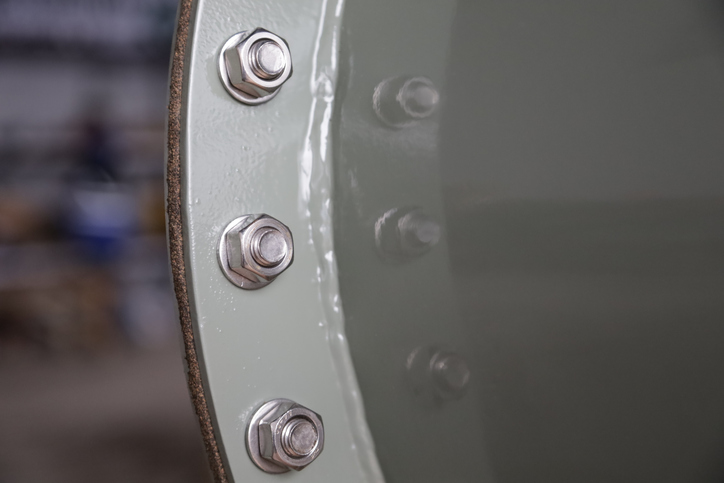There Are Many Different Ways to Make and Use Hex Coupling Nuts
Coupling nuts are useful tools that often don't get enough attention—especially hex coupling nuts. They can help complete many different...

A lock nut may look small and uncomplicated, but it is a crucial part of any mechanical system. It is implemented to deal with a vital factor in engineering design, vibration. Shocks and vibrations tend to loosen bolted connections. Let’s dive deeper into the lock nut solutions available for you on the market.
As a critical component in any engineering project, a lock nut is a special type of nut that is resistant to loosening when exposed to vibrations and tension, securing bolted joints. These nuts contain some means of gripping the threaded bolt so that relative motion is impeded or prevented.
There are several different types of lock nuts available, each designed for different applications. The most common is the nylon/fiber insert lock nut, which uses a small diameter insert to create a locking action when a bolt is inserted into the nut.
It is important to note that they are limited to a temperature of 250 degrees Fahrenheit. In areas of high temperatures, all-metal lock nuts should be used.
These lock nuts are thinner than standard nuts and are tightened with ordinary force. The upper nut is then tightened upon the lower nut and held tightly while the lower nut is slackened back. If the nuts are tightened properly, the upper nut will carry a greater load.
A stover nut has a conical top and a flat bottom, and its locking mechanism is built into the cone, making them the best lug nuts for high-volume applications.
This fastener uses a self-contained feature to create friction between the threads, preventing them from loosening. During both assembly and disassembly, there is a resistance to rotation, called prevailing torque, which requires the stover to be wrenched. Disassembly is improbable even if preload diminishes completely because of the remaining rotational resistance.
Its locking mechanisms include having distorted threads in the middle of the nut. This distortion is created by two or three equally spaced rectangular or round indentations centered on the sides of the nuts.
These small punch marks also signify its two-way capability in that when both assembling and disassembling, the nut locks.
A flange nut has a hexagonal shape like a standard nut, but with a wider, flat bottom. The bottom surface of the nut has serrations (grooves) to improve grip on the surface of the joint. As the nut is tightened, the serrations grip the surface of the joint and create a locking fit.
Do not overtighten Keps K-lock nuts, as this will damage the built-in washer. This type of nut is easier to use than one with a separate lock washer.
Castle nuts are usually used in low-torque applications, such as holding wheel bearings in place, rather than the above-mentioned ones that rely on friction for the locking mechanism.
It is important to pick the right type of lock nut to suit your design needs. There are many different bolts and nuts for many different projects, and finding the right one isn't always easy, but with Big Bolt it is.
We not only have one of the largest inventories in the industry, but we can make almost any type of fastener on-site and ship it to you the next day. Contact us today for all your bolt and locknut needs!
Coupling nuts are useful tools that often don't get enough attention—especially hex coupling nuts. They can help complete many different...
Bolts and cap screws are both essential fasteners that are used in a wide range of applications. While they may seem similar, they have...
Bolts and cap screws are both essential fasteners that are used in a wide range of applications. While they may seem similar, they have...
